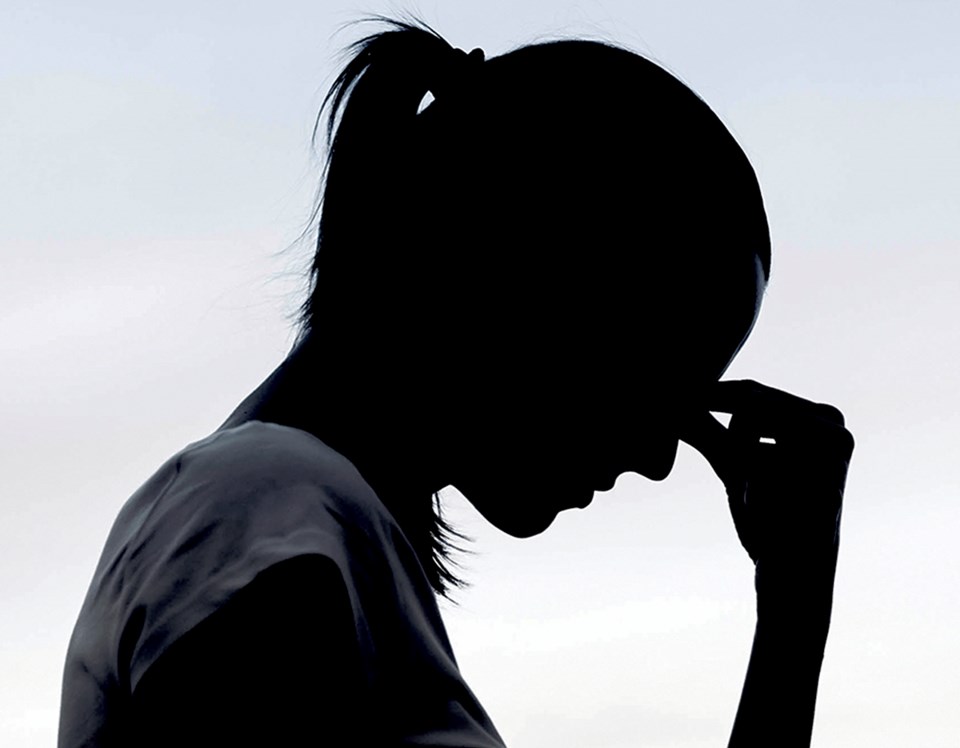Cathy Dobson
This is the second story in a two-part series on human trafficking
Local residents skeptical that human trafficking is a real problem might be surprised by the role the Internet plays in targeting vulnerable women and girls, says the lead researcher of a sweeping new report.
Over the course of a two-year study conducted by the local Sexual Assault Survivors Centre and Lambton College, researchers heard deeply disturbing stories from local women who managed to escape their traffickers, Ruth Geurts said.
Many described how they were contacted online, showered with attention and promises of friendship, then convinced to post compromising photos of themselves.
“It’s a recruitment strategy and we believe it’s happening more during COVID, here and in every community,” Geurts said.
“It makes them so accessible. It’s very disturbing.”
The youngest victim researchers learned of was a Grade 5 student attending a school in Sarnia-Lambton last year. She was an introvert with low self-esteem, Geurts said.
A Grade 8 boy at her school told her she was pretty and persuaded her to post images online.
“It evolved into photos of her in underwear, then no underwear,” said Geurts.
“The Grade 8 boy was linked to a boy in high school who then sold the photos to an older man.”
The girl received support after authorities learned what was happening. Geurts doesn’t know what happened to the perpetrators.
The online phenomenon of “sex camming” has grown during the pandemic since strip clubs were forced to shut down.
“There are an endless number of live sex sites, often with unwilling participants and traffickers making money from them. Some sites are even teaching young women how to sell adult content,” said Geurts.
Human sex trafficking differs from regular prostitution, in which sex workers participate voluntarily. Those who are trafficked are victims of forced sexual exploitation.
The research team interviewed or surveyed 300 individuals in the Sarnia area. They found that for desperate women struggling financially or addicted to drugs it’s easy to begin camming, said Geurts.
“And once that’s done, it’s out there, your privacy is completely violated, and you can’t ever get that back.”
Two of 12 trafficking survivors interviewed said they started by posting online photos and videos.
“Now, during COVID, we have all these kids spending all this time on their devices,” Geurts said. “We are really worried because it can get out of hand easily and quickly.”
She urged parents to ensure all devices have parental controls and to check their child’s online history frequently.
“Camming means girls can be exploited at a much younger age,” she said. “Be sure they only have access to one device at a time and that you stop access to sexual content on it.”
COVID-19 has driven much of the involuntary sex trade online, said Chantel Butterfield, project lead for the human trafficking support program at the Sexual Assault Survivors’ Centre (SASC).
“There’s a huge risk for young people coerced into posing online. Sex camming has replaced going to hotels,” she said.
Parents need to have frank discussions with their children about the dangers lurking on the Internet. If parents need support or guidance about such conversations, Butterfield said to call the SASC at 519-337-3154, ext. 200.
The centre has a biweekly peer support group attended by up to 10 survivors of human trafficking, as well as a support group for parents with children or adults in their lives that experienced sex trafficking.
The research paper, A Co-ordinated Response to Assess Human Trafficking in Terms of the Problem, Prevention and Empowerment, can be found at http://www.sexualassaultsarnia.ca/uploads/anti-human-trafficking-final-report.pdf.
